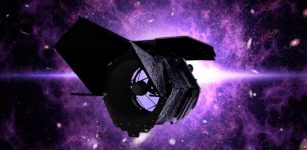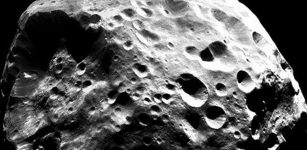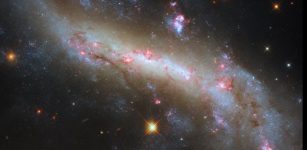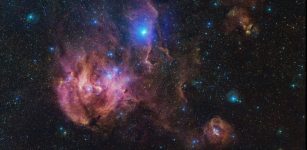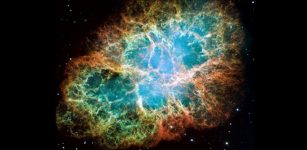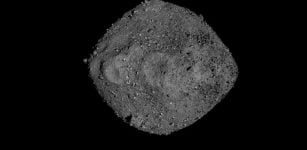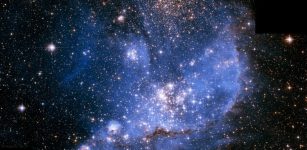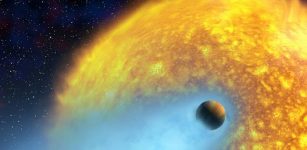ISS’ Astonishing ‘Space Garden’ With Fresh Fruits And Vegetables
MessageToEagle.com – Lettuce, peas and radishes are just a few vegetables that are found in a summer garden.
But did you know these same vegetables also can be grown in space? Crew members aboard the International Space Station have been growing such plants and vegetables for years in their “space garden.”
This garden represents a safe source of fresh food indispensable for astronauts’ health.
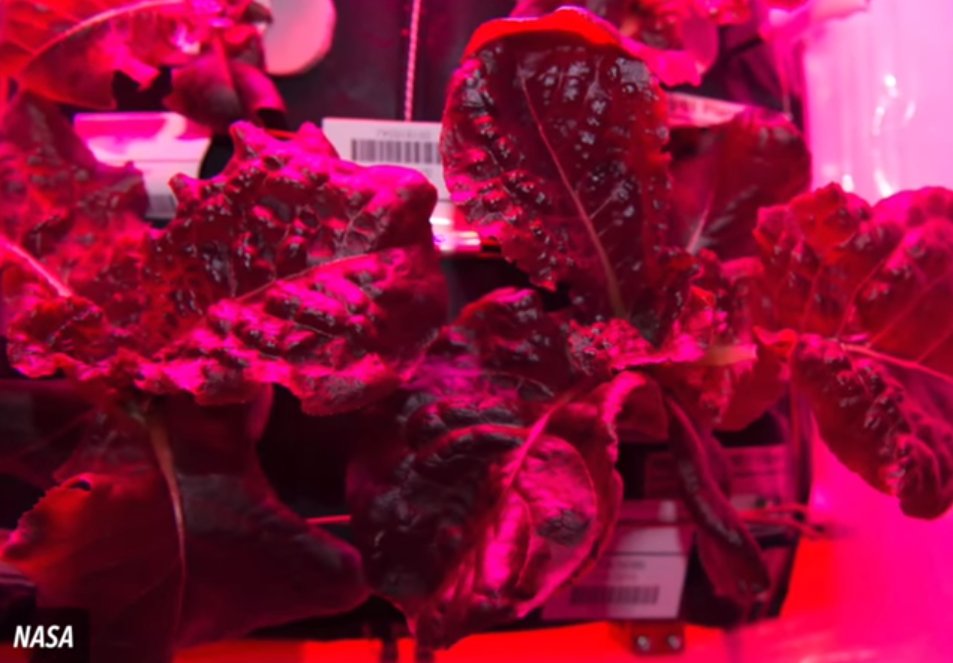
Zinnia flowers are starting to grow in the International Space Station’s Veggie facility as part of the VEG-01 investigation. Veggie provides lighting and nutrient supply for plants in the form of a low-cost growth chamber and planting “pillows” to provide nutrients for the root system.
According to NASA:
“Veggie is a deployable plant growth unit capable of producing
salad-type crops to provide the crew with a palatable, nutricious, and safe source of
fresh food and a tool to support relaxation and recreation…”
These plants appear larger than their ground-based counterparts and scientists expect buds to form on the larger plants soon.
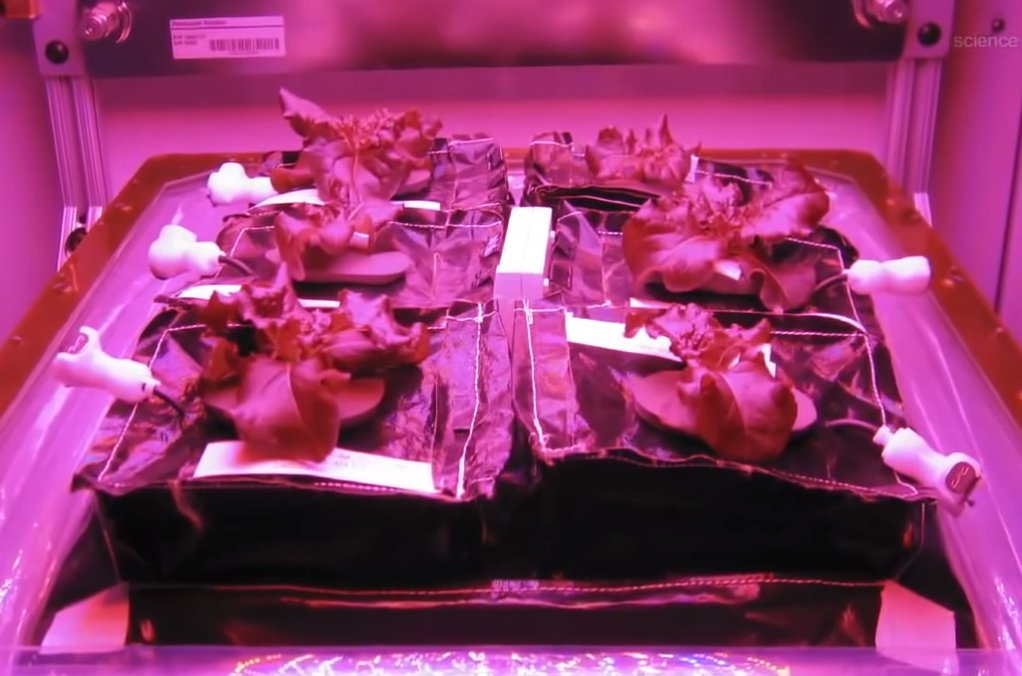
The Veggie facility supports a variety of plant species that can be cultivated for educational outreach, fresh food and even recreation for crew members on long-duration missions.
Previously, the facility has grown lettuce — which was consumed by the crew earlier this year — and now investigators are attempting to grow Zinnia flowers.
Understanding how flowering plants grow in microgravity can be applied to growing other edible flowering plants, such as tomatoes.
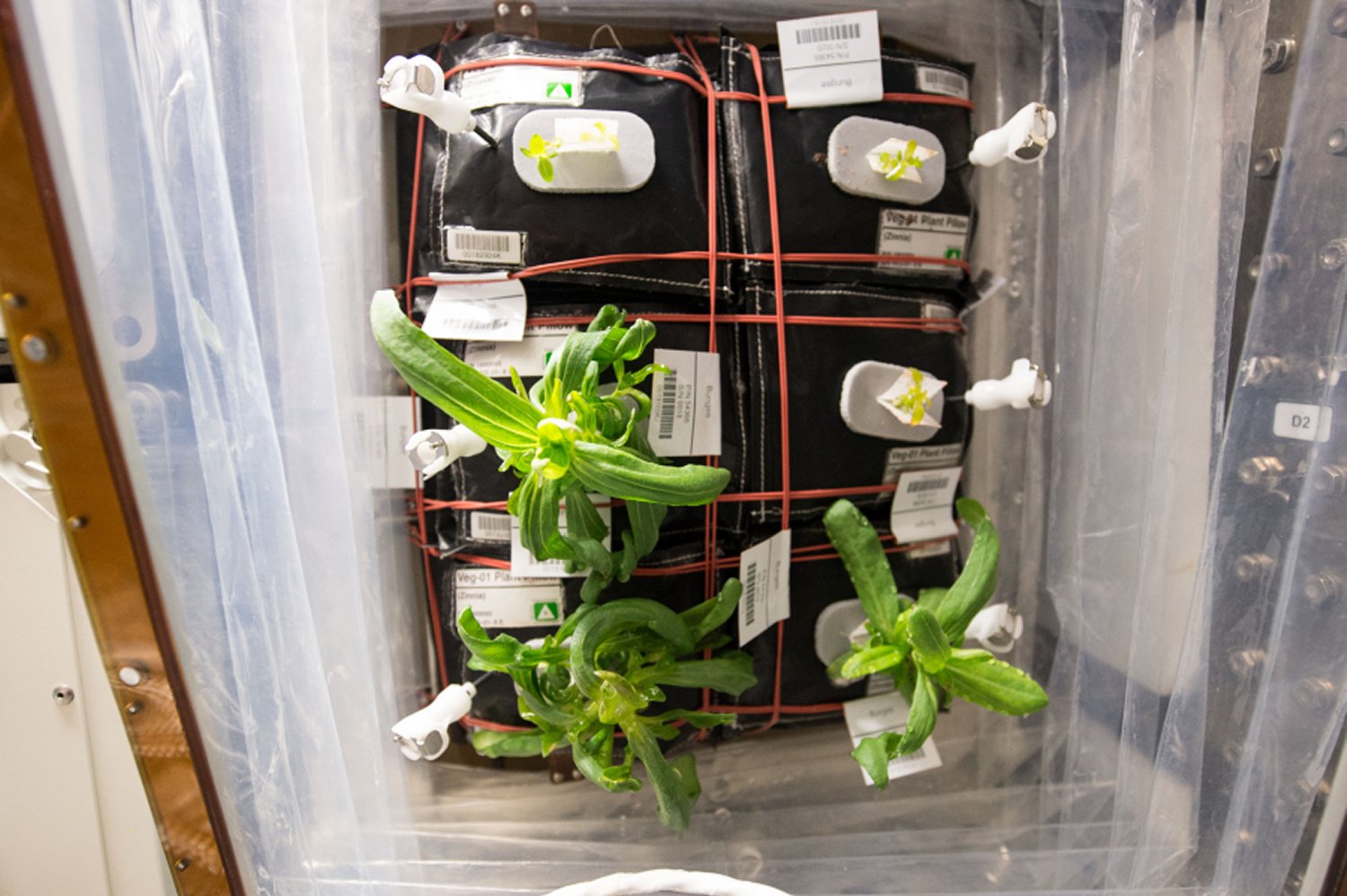
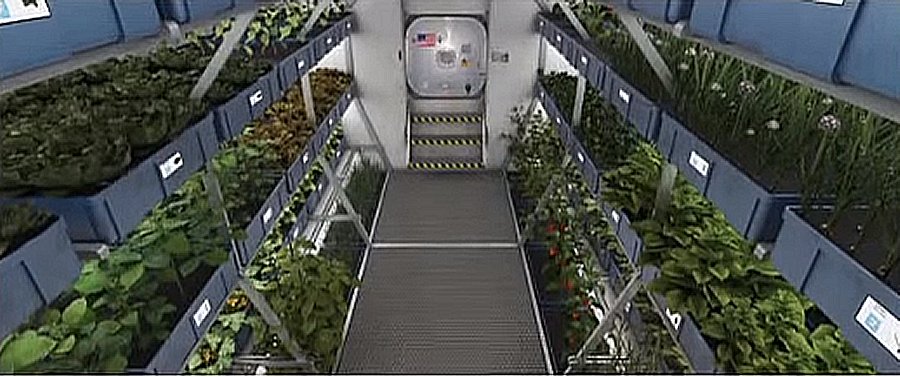
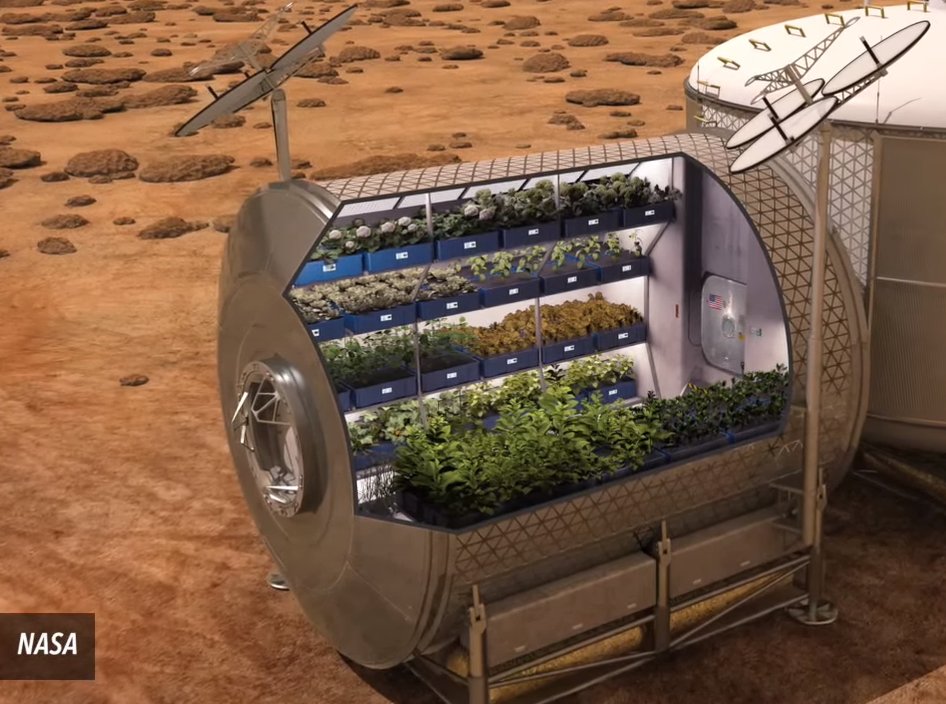
As we see plants can really flourish in spaceships and experiments onboard the ISS prove it.
In the future, ‘Space Garden’ will deliver much more; it will harvest other fruits, vegetables and plants — possibly even dwarf plum trees, according to NASA.
MessageToEagle.com
via NASA

